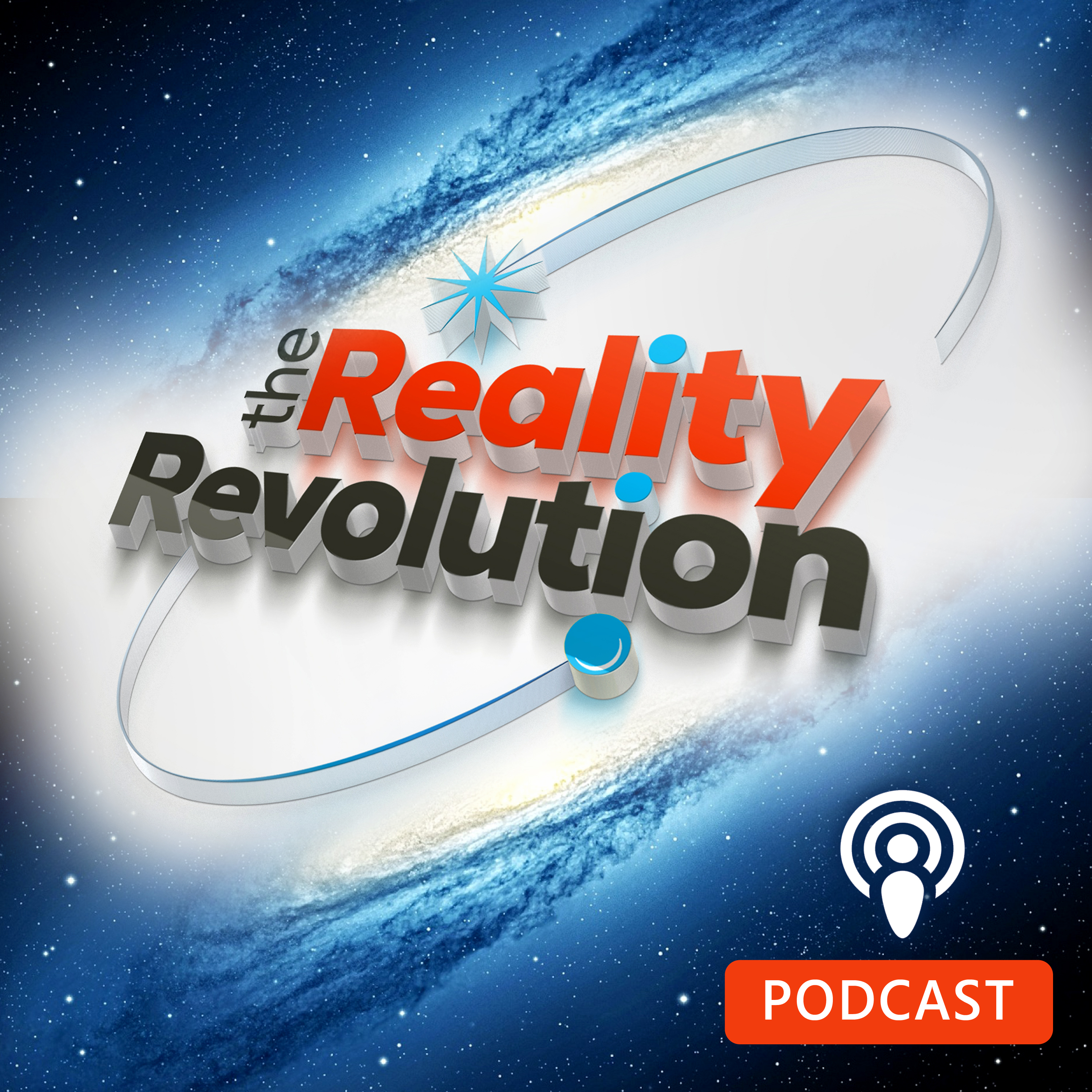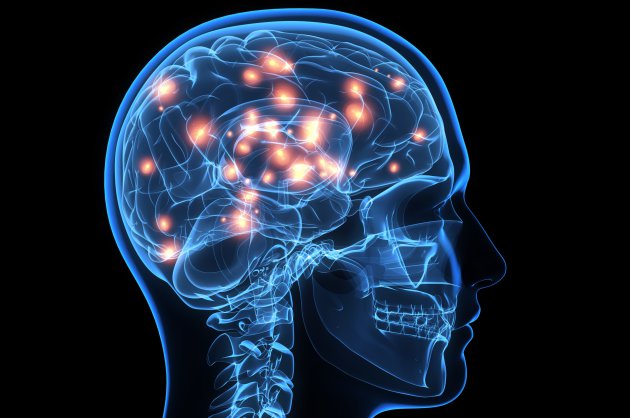Podcasts, Videos and related media
The Neuro Activation Meditation Sensed Presence Open Spaces | EP 51
This is a
Let me explain
At present, we only have a couple“meditations” which are based only on recent discoveries in neuroscience. All of them are similar to visualizations, and all rely on the brains basic division into left and right hemispheres.
The first, and more extensively tested, comes from from the experience of the Sensed Presence.
The sensed presence is that feeling that there is some one or some living thing close to you, but when you turn to look, you don’t find anybody there. There are several variations on the theme. In one, the person feels that the ‘presence’ is a being they know, like a deity they pray to, the spirit of a person they have known who has died, or a spiritual teacher.
This experience only occurs when a person is in an altered state of consciousness. To facilitate the state, these exercises begin with paying attention to the breath.
After the person has their attention drawn there, they are asked to imagine that they are experiencing a presence, and that the feeling is emanating from a point behind them, and to their left.
The sensed presence is an ‘amygdala’ experience. This only means that when a person is having this experience, their amygdala will be found to be either the most excited structure in their brain, or one of the most excited.
Conversely, if a person has their amygdala stimulated, they are very likely to have a sensed presence experience. This has actually happened in several clinical and experimental settings.
If a person has a sensed presence experience, and their left amygdala is more active then the one on the right, the experience is probably going to be pleasant [although some people have this reversed, similar to left-handedness]. If the right amygdala is most active, then the experience is probably going to be unpleasant. Pleasant means anything from feeling mildly safe to being in complete ecstasy. Unpleasant means anything from mildly apprehensive to a feeling of impending doom.
When research subjects were asked to do this exercise, the most common sensation it created was a feeling of being safe and protected. The ones do were most prone to altered state experiences were also most likely to confabulate a visual image of the presence they were imagining.
Some of the images that appeared were angels, monks in hooded robes, knights on horseback in shining armor, spirit familiars, deities, aliens, and a variety of other images.
When people who have had near-death experiences do this practice, they re-experience fragments of their NDEs.
Most subjects experienced unpleasant feelings when they imagined a presence on the right side. A few experienced positive feelings on both sides. These latter individuals were all involved in regular, ongoing spiritual practices.
The second neuro meditation, if we can call it that, is based on the experience of infinite space. This experience, which we can call the void, occurs in NDEs, hallucinogenic drug experiences, temporal lobe epilepsy, and a variety of other contexts. Sometimes it comes as an experience of infinite dark space that is more felt than seen. Other times it comes as a vision of a field of stars. Most often, It manifests as a seemingly unending void with a single point of light. This state has also been called “the source’, because while a person is experiencing it, they can encounter a wide variety of imagery.
One very influential Buddhist text claims that if an individual acquires the ability to 1) enter this state at will, 2) temporarily suppress the appearance of involuntarily appearing visual imagery, and 3) elicit specific, chosen, visualizations, then the content of those visualizations will become veridical (‘real’). This, we are told, is the basis of all procedures for doing miracles. It’s not important, at present, to consider whether or not the teaching might be an artifact of an actual neural process. The point here is that the experience of infinite space has a special significance, just like the experience of sacred presences, such as angels, spirit familiars, or God.
The imagined space meditation begins with paying attention to the breath.
You imagine a wall is located behind you and to your left. On the other (right) side, there is nothing but endless space. The person holds the imagination for as long as they can.
That’s the entire technique.
In normal subjects, imagining space on the right side has been much more pleasant than on the left, a result that corroborates the observation that stimulation of the hippocampus through complex magnetic signals on the right is more pleasant than on the left, a result that was a bit perplexing at first, as the right side of the limbic system is more often associated with negative affect. The hypothesis is that the right amygdala is specialized for negative effect with the right hippocampus specialized for positive cognitive styles. This agrees with the evidence provided by participants in the Shakti Project.
There is a difference between the typical effects of each method.
The imagined space meditation tends to elicit a more cognitive response. On the positive side (usually the right) the feeling is one of being engaged, involved, interested, or excited. On the negative side, it tends to create boredom, feeling “dull’, or a sense of being enervated. All these words refer more to conscious mental processes, such as linguistic thought.
The sensed presence meditation has a much more emotional feeling to it. On the positive side, it creates feelings of safety, of being comforted, protected. It also creates a feeling of well-being, from a quiet sense of happiness to (in one case) “joy so strong I thought it was going to kill me’
These two techniques are important research tools in my work. The sensed presence technique appears to be amygdalar in it effects, while the imagined space technique seems to be hippocampal. Together, they have the potential to look into the limbic system in altogether new, and non-intrusive ways.
I created a 10 minute meditation based on this research and combined both, I have administered this a few times to surprisingly positive and interested reviews. At this point it is still experimental but your feedback can help.
Stream Afterglow by Jens Killstofte Licensed by Machinimasound https://creativecommons.org/licenses/by-nc-nd/4.0/
Enclosing Afterglow by Jens Killstofte Licensed by Machinimasound https://creativecommons.org/licenses/by-nc-nd/4.0/
Still Afterglow by Jens Killstofte Licensed by Machinimasound https://creativecommons.org/licenses/by-nc-nd/4.0/
Origin Afterglow by Jens Killstofte Licensed by Machinimasound https://creativecommons.org/licenses/by-nc-nd/4.0/
https://www.god-helmet.com/wp/neuromed.htm
For coaching – https://www.advancedsuccessinstitute.com
For all episodes of the Reality Revolution – https://www.therealityrevolution.com
Like us on Facebook https://www.facebook.com/RealityRevol…
Join our facebook group The Reality Revolution https://www.facebook.com/groups/40312…
Subscribe to my Youtube channel https://www.youtube.com/channel/UCOgX…
Contact us at [email protected]

